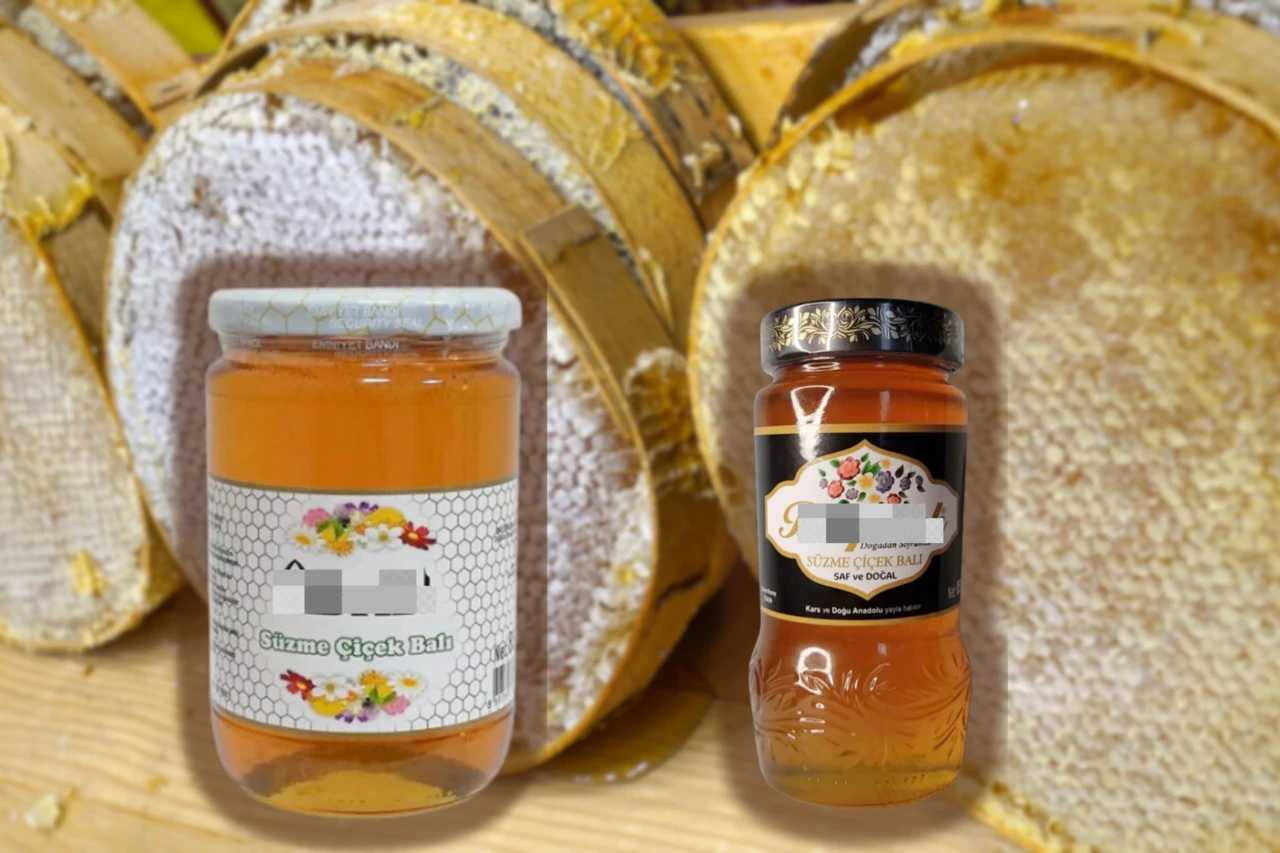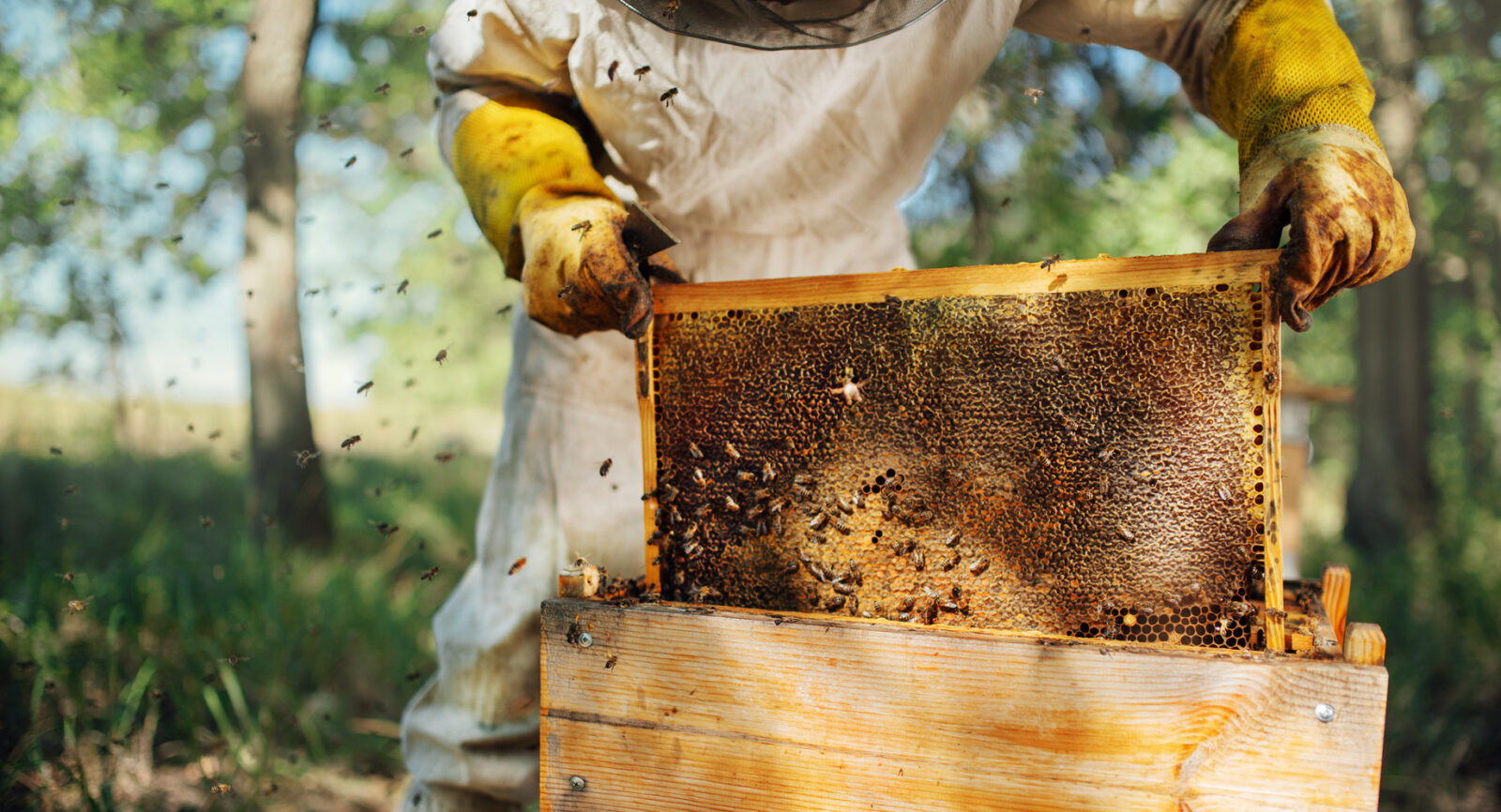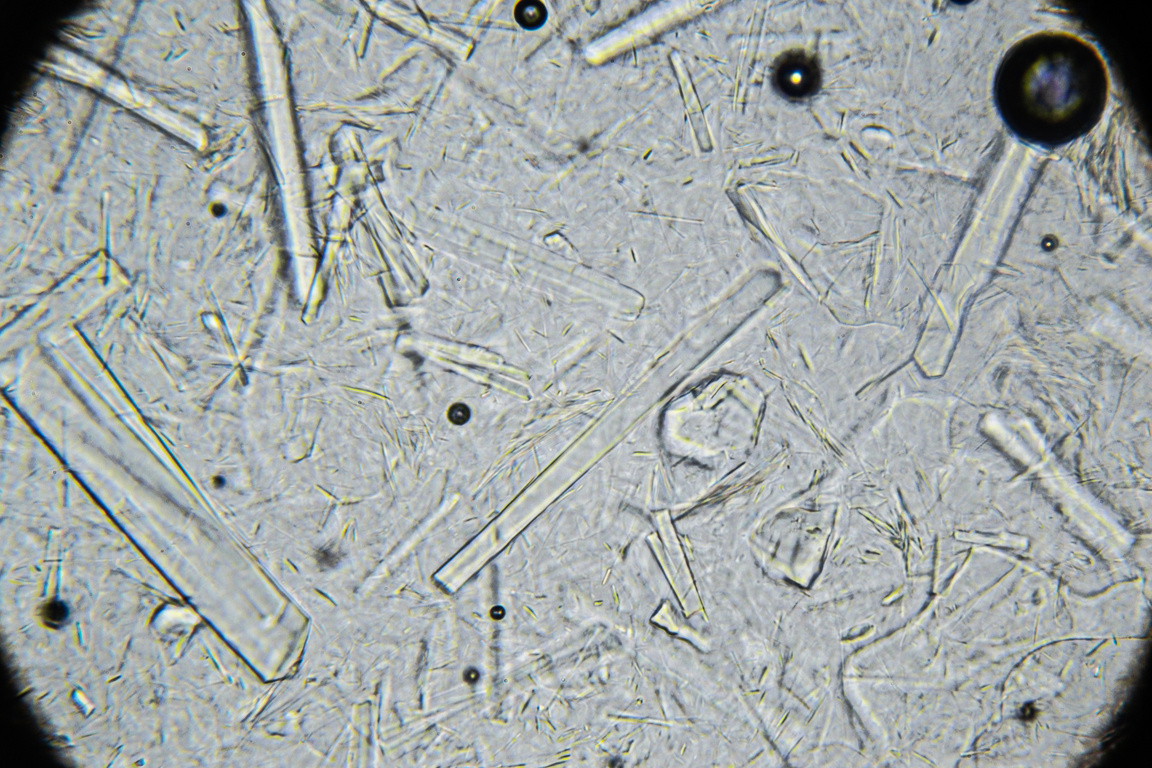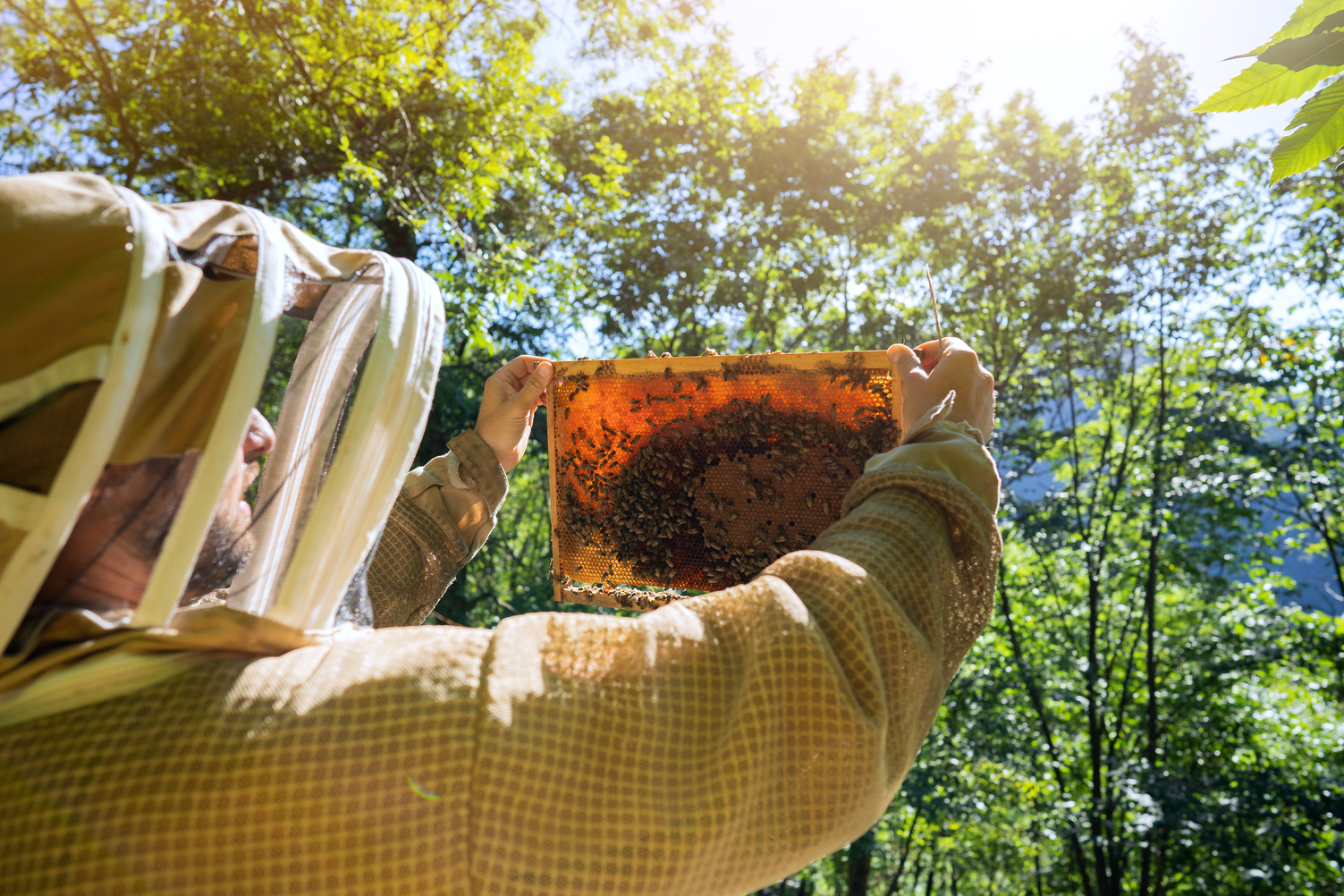Popular Turkish brands found selling fake honey: Here’s how to spot and avoid
 Türkiye's Ministry warns consumers after discovering fake honey in two well-known brands, November 13, 2024. (Created with Canva)
Türkiye's Ministry warns consumers after discovering fake honey in two well-known brands, November 13, 2024. (Created with Canva)
Türkiye’s Ministry of Agriculture and Forestry exposed two well-known honey brands, “Abali” and “Balpetek,” for selling fake honey.
On Nov. 12, the ministry listed these brands as fraudulent after detecting imitation and adulteration in their honey products.
- Despite being marketed as pure, natural honey, these products contain artificial ingredients
- Both brands are widely available across Türkiye in chain supermarkets and on popular online platforms
The ministry’s disclosures aim to protect consumers from health risks linked to adulterated food products. This list, which is regularly updated, includes various items with misleading labels across food categories, giving consumers a resource for identifying questionable goods.

Türkiye’s battle with fake honey, challenge of finding authentic honey for consumers
Fake honey has been a persistent issue in Türkiye, leading the Ministry of Agriculture and Forestry to intensify efforts to curb food fraud.
Recent investigations have revealed more cases of honey adulteration, with brands using deceptive techniques to mimic authentic honey.
In one major operation in Ankara, authorities uncovered 8,150 tons of adulterated products, including honey mixed with glucose and fructose syrups.

For consumers, fake honey has become a widespread problem. These imitation products often resemble genuine honey in appearance, texture, and even taste, making it hard for consumers to detect the fraud.
Experts note that honey fraud affects not only consumers who may lose trust in honey products but also legitimate honey producers who struggle to compete against cheaper, diluted options.

Common methods of producing fake honey
To increase profits, some producers use various methods that compromise honey’s authenticity and quality. Here are some of the most common techniques used to create fake honey:
- Mixing with corn syrup or rice syrup: These syrups mimic honey’s texture and appearance but cost much less.
- Feeding bees with sugar syrups: By feeding bees with sugar syrups, producers can speed up production, but the resulting honey lacks the natural nutrients and flavors of genuine honey.
- Adding synthetic substances: Artificial flavors, colors, or thickeners allow companies to create honey-like products that do not offer real honey’s nutritional benefits.
- Dilution with cheaper sweeteners: Honey diluted with sugar water or other liquids reduces its concentration, further lowering the product’s quality.
Experts emphasize that fake honey lacks the beneficial properties found in authentic honey, such as antioxidants and antimicrobial effects, and can even contain additives harmful to health.

How to identify fake honey: Practical tips for consumers
Identifying fake honey can be difficult since counterfeit products often resemble real honey in look and flavor. Here are practical tips to help consumers avoid fake honey:
- Check for certifications: Look for honey with quality certifications or lab testing marks, indicating that the product meets purity standards.
- Read label carefully: Genuine honey often lists only “100% honey” as an ingredient. Avoid products that include added sugars, flavors, or other substances.
- Do water test: Place a spoonful of honey in a glass of water. Pure honey generally settles at the bottom and dissolves slowly, while fake honey tends to dissolve quickly.
- Try flame test: Dip a cotton swab in honey and try to ignite it. Pure honey, with low moisture content, usually burns when exposed to flame, while fake honey with added water typically does not burn.
- Observe crystallization: Pure honey may crystallize over time and form granules, while fake honey, which often includes added sugars or syrups, may remain in liquid form for extended periods.
These tests can help consumers identify fake honey, but lab testing remains the most reliable way to verify authenticity.
The Ministry of Agriculture and Forestry recommends purchasing honey from trusted sources and advises consumers to be cautious of honey sold at unusually low prices, as these are often adulterated.



